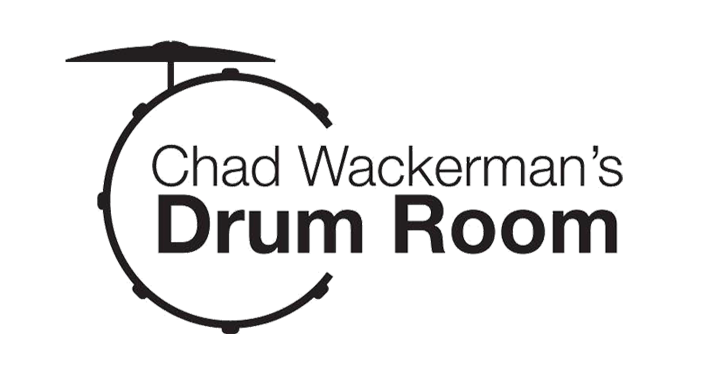Bass Drum Control

MODERN DRUMMER
(June 1999)
“Bailey’s respected tome Bass Drum Control, first released in 1964, has been recently revised, with a CD added. Bailey spends a good bit of time discussing the proper light touch to use on the pedal, always stressing to bring the beater back off the drum after striking it. There is talk of the sweet spot that gets the best play on the pedal, and the part of the foot he uses on the pedal — the ball at the back of the big toe. Bailey’s pedal has a fairly slack spring tension to allow a lot of play, and his ankle moves very slightly in a side-to-side motion to prevent tension in the foot, with the heel down most of the time. Bailey also writes about keeping muscle tone in the legs, includes all types of exercises (some with sticks added on snare or toms), interprets rudiments for bass drum, and includes some funk-style bass drum solos for fun. An on-target tutorial.”
— Robin Tolleson
PERCUSSIVE NOTES
The Journal of the Percussive Arts Society
(February 1999)
“This is an up-dated version of Colin Bailey’s original Bass Drum Control book (first published in 1964), which focused on exercises to develop technique on the bass drum. This new version contains endurance excercises for bass drum alone; hand/foot combinations; excercises in which the bass drum plays up to eight successive notes in a row; flams, triplets, and tom/bass drum combinations; as well as several solos that incorporate the bass drum as a separate voice in drum solos. The accompanying CD provides demonstrations of many of the excercises. This book would benefit any drummer who needs to develop bass drum technique.”
DRUMS ETC.
(January/February 1999)
“This book has been around forever — not as long as Ted Reed’s ìSyncopation,î but a long time. That should give you a clue as to the author’s intent. When Colin Bailey first published this book in 1964, there was no such thing as machine gun patterns on a double pedal. His intent was to develop control, heel down, on the single pedal, and this is what you will achieve if you follow these time-proven exercises. Of course, from control flows speed and, if you’ve ever heard Colin play, he can back it up. Revised and with a CD containing the audio portion lacking in the original, this is a logical and sensible approach to the sadly neglected bass drum.
Contact Hal Leonard, 7777 W. Bluemond Rd., PO Box 3819, Milwaukee, WI USA 53213, or visit: www.halleonard.com.”
